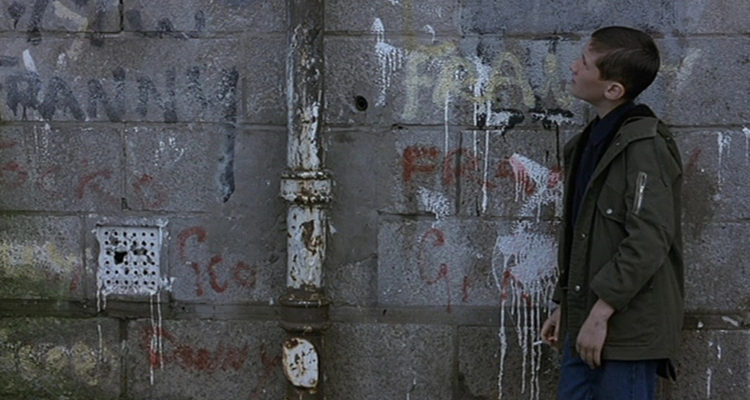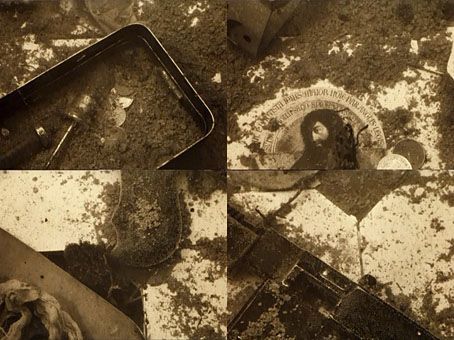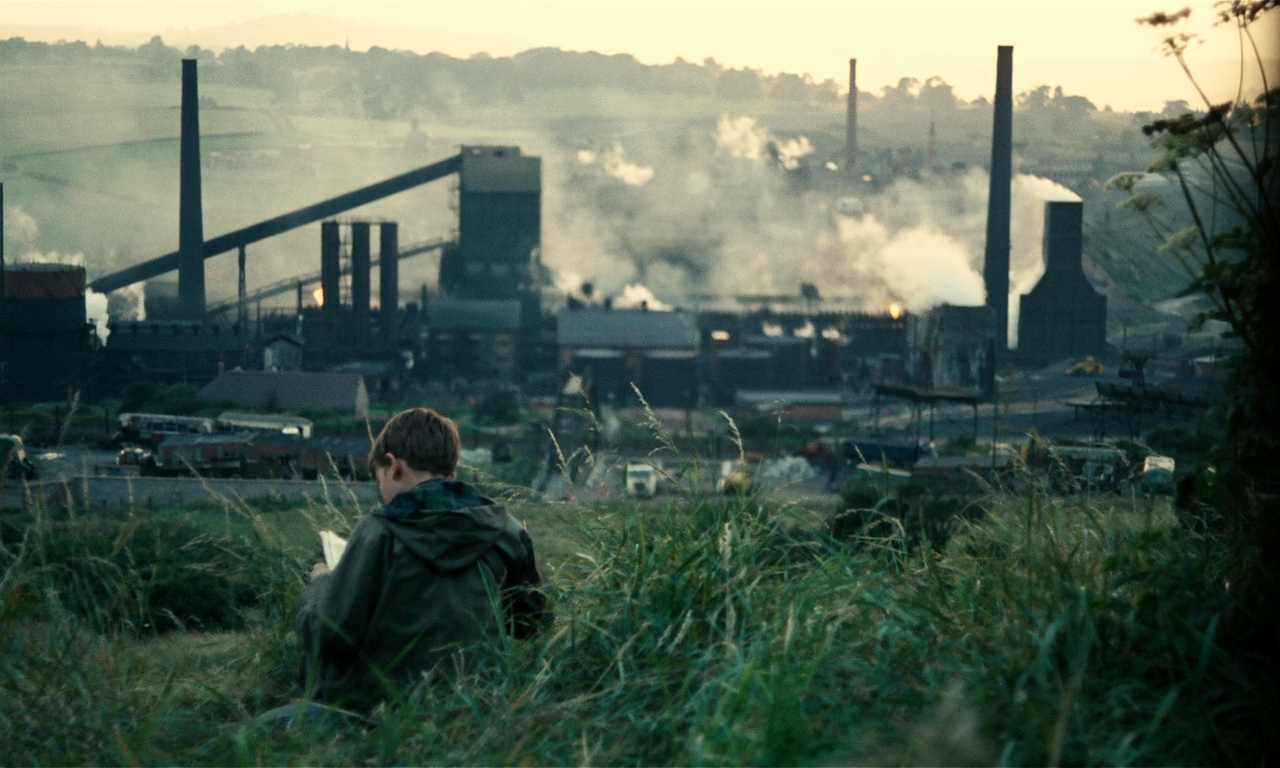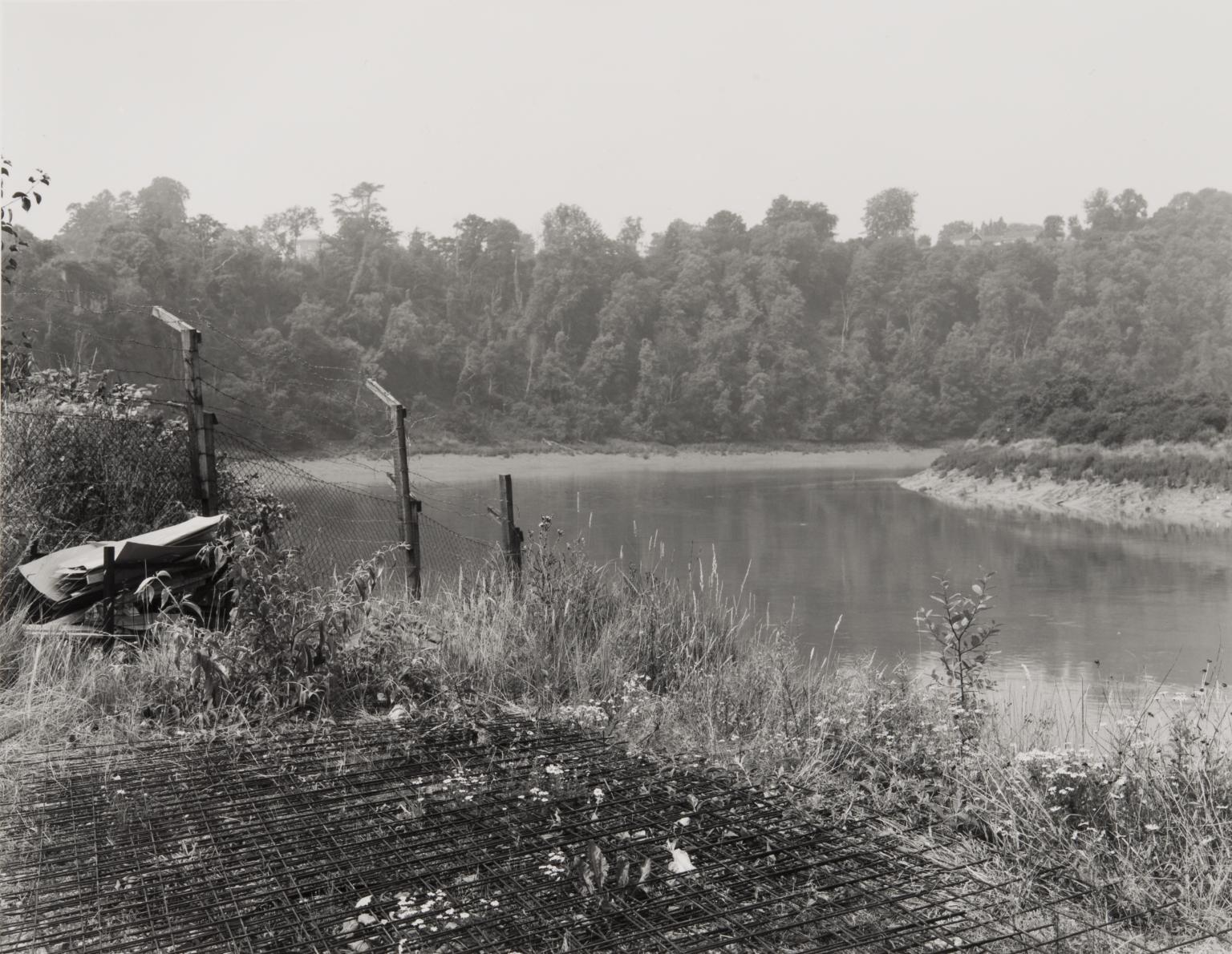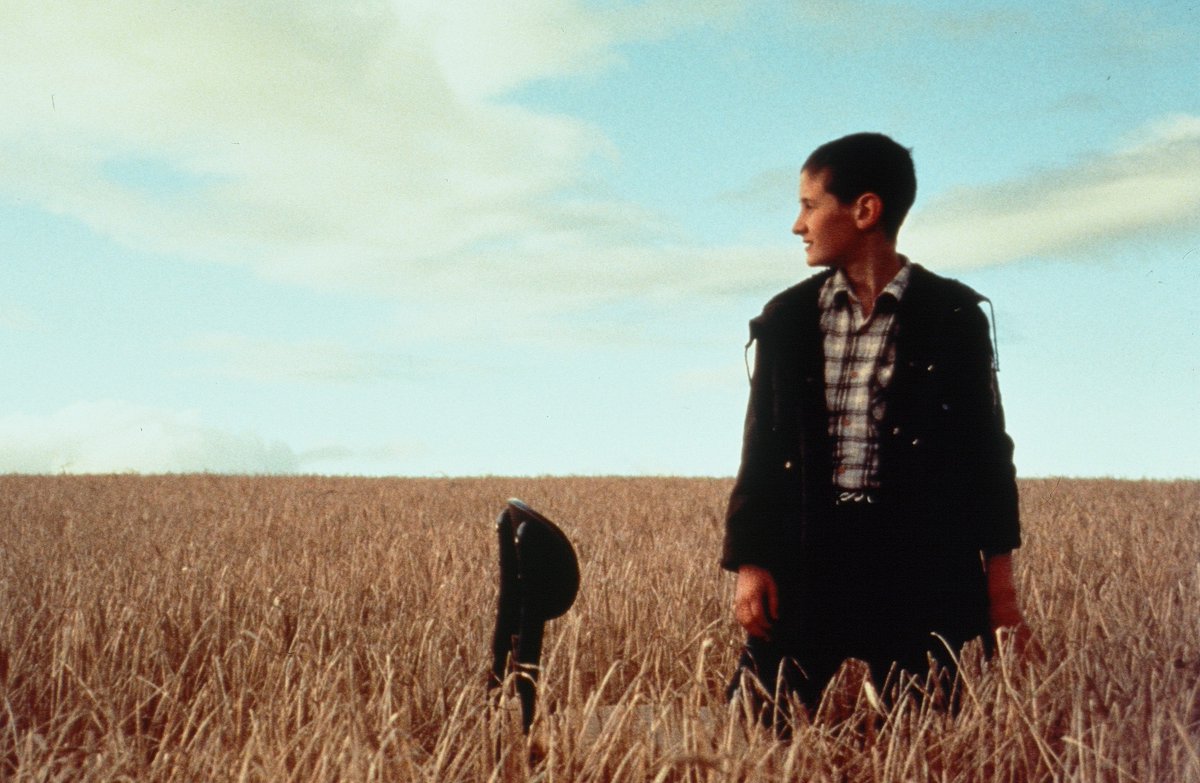Adam Scovell visits the writer and filmmaker’s iconic home
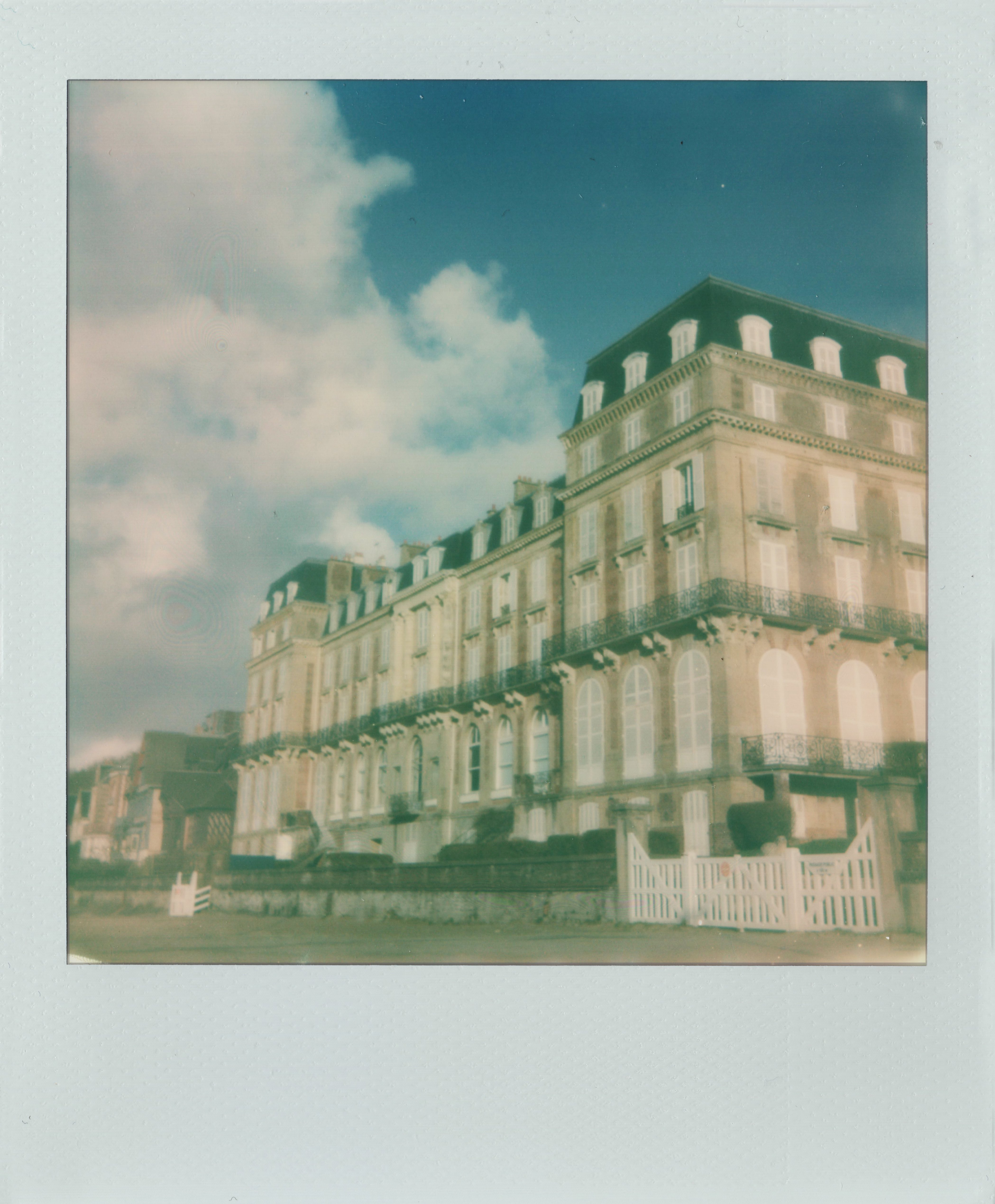
“J’ai tout vu. Tout.”
“I have seen everything. Everything.”
– Hiroshima, Mon Amour, (1959)
In the summer of 1963, Marguerite Duras bought an apartment on the coast of Normandy. From then on, she would retreat to the safety of its pale light, travelling there from her various homes in Paris and Neauphle-le-Château every summer until the year of her death. Sometimes she would venture to the room at more desolate times of the year, when the beaches were empty and storm clouds hung heavy in the sky, especially when using the location for her filmmaking. The apartment was housed in the grand building of the Hôtel des Roches Noires in Trouville-sur-Mer and played a pivotal role in her work. If I consider her unprecedented output, something I often find myself doing, the first images that spring to mind are usually of Trouville; its hazy skies, long beaches and cafes providing shelter from the elements.
Les Roches Noires, as it is now called, is an eerily quiet place in winter. Yet its architecture is filled with busier qualities, as if soaked in the voices of thousands of travellers from La Belle Époque, the era that its vast windows, ornate ceilings and extravagant stairways cannot help but suggest. It was completed in 1866 by Alphonse-Nicolas Crépinet, an architect who, among other things, designed the tomb in Les Invalides for Joseph Bonaparte, brother to the first emperor. Constructed as close to the sea as possible, the building is remarkable in having survived the endless tides. On the right day, a view from its windows creates the illusion of being literally cast adrift.
Crépinet’s building was a great success with the travelling rich of Paris and became a symbol of the increasingly popular holidaying trends of the age. It was a veritable rival to those hotels over the water in neighbouring Deauville, cashing in on the bourgeoisie’s growing taste for coastal retreats. ‘I will be staying at the hotel… where you will probably stay,’ wrote Marcel Proust in a letter to Reynaldo Hahn in 1894, ‘because it is the best…’ Proust would live up to his word, staying a number of times at Les Roches Noires and featuring it in his unfinished novel Jean Santeuil. Even Gustave Flaubert fell madly in love there, though he is commemorated for his connection to the area by a statue in Deauville rather than Trouville.

My initial encounter with the building perfectly fitted those same romantic images. I first saw it in Claude Monet’s 1870 painting, a print that had faded into a foggy turquoise and was hanging on the bathroom wall of a Paris bar. Like so much shrouded by nostalgia, the lavish yet simple world depicted in the painting – the flow of dresses hidden from the sun by parasols, men gallantly doffing hats to passing women and colours so soft as to be almost carried away on the breeze – masked the reality of Monet’s life then. He was on the move due to the coming Franco-Prussian War and had nowhere to live, perhaps homing towards his native Le Havre or drawn by possible new adventures further away in London.
Duras’ relationship with the building feels similar to Monet’s, albeit Monet could do little else except sit and paint it from the outside, being too expensive for the struggling artist at the time. Duras’ similar sense of retreat is palpable in her writing from the moment she obtains the room. Her work, so often about loss perceived in hindsight, increasingly resembles the view from the building’s windows; heartache’s horizon threatening to never cease until sea and sky become one. Whether in work drawing on her colonial childhood in French Indochina such as The Sea Wall or The Lover, or more abstract, Beckettian work like Emily L. or Yann Andréa Steiner, the voice within is always hollowed by loss or at least in anticipation of it.
Loss permeates her film work too, with her voice and presence directly at its centre. The mode becomes arguably more brutally confessional than her prose. Even when simply on script duty, such as her most celebrated collaboration in Alain Resnais’ Hiroshima, Mon Amour, Duras’ work still contains stormy seas and subdued voices contemplating horizons, personal and actual. Whether on film or in novels, the perspective gained from being in the building on Trouville’s coast is often present. Emotional recollection seems to be brought in on the tide.
When searching for images of the writer, one of the most prominent that appears is a photograph by Helène Bamberger taken in the foyer of the building in 1981. Ghostly with the absence of people, Duras is transfixed by the view out to sea. The building feels as if it has floated away from the land. A huge part of her creative process is captured in this photograph. You can almost hear the ripples of her recollections. From seeing this photo, the building seemed to me to be a key to understanding her complex body of work, not simply as setting but as stimulus.
Her work has a sea view, and I was determined to share it.

‘Le jour baisse.’
‘The day is falling.’
– L’amour (1971)
The gates quietly opened for the car, activated by a small device handed over at the agents in Deauville. Already the fact that no one was there was apparent. Being February, and with a number of storms due to hit the coastline that week, the Parisians who undoubtedly now own many of the lavish rooms in Les Roches Noires were still in the capital where they would likely remain until the weather warmed up. I had travelled there with my partner, a shared gift for missing our anniversary a few weeks earlier due to the launch of a novel.
The building made me giddy with excitement as it was already clear which room was Duras’, deduced from a photo I had seen showing it to be a corner which partly faced the road as well as the sea. I knew I was in the right place because of the architecture. The fact that a Wi-Fi connection popped up on my phone simply labelled “MARGUERITE” also helped. The doorway within was curved and led to what was once the hotel’s reception, the main room that Duras used for filming and for many of her author portraits. The sound of the sea haunted the corridors as if its rooms were filled with waves.
The alcoves that once housed the hotel’s many keys were filled with beautiful books, old editions by Gallimard, Folio and Le Livre de Poche. The picture of Duras taken in the foyer’s main window hung on a wall; and then everything else was exactly as it had always been. The alluring sky-filled vista, the chairs with their rounded arms and headrests, the delicate painting of nineteenth-century tourists along the border of the ceiling and, most hypnotic of all the room’s ornamentations, two opposing mirrors infinitely reflecting the whole space.

The day was fading into evening and, after falling in love with our own small room – itself like a living painting – my partner and I sat together in the foyer and watched the sunset. In her underrated work L’amour (1971), Duras describes witnessing this perfectly. ‘In the distance,’ she wrote, ‘the sea is already oxidised by dark light, as is the sky.’ Even L’amour’s modern cover is adorned with a photo of this view, as if it completely summarises the text. The light was alchemical in its collapse and, seen through the thin panes of glass, invited our humble silence as we stood enraptured in each other’s arms.
The vastness of the room (or perhaps the mirrored illusion of vastness) augmented our very language, each statement of affection hanging in solitude for a few moments longer than usual, as if the very design of the building forced us to consider our words more carefully. Language required greater deftness when in Les Roches Noires, its echoes heightening self-awareness. The salty breeze blew the cobwebs off several months’ worth of our usual digital messaging over long distance, communication now rendered pleasurably precise and close.
In her film Agatha and the Limitless Readings (1981), Duras breaks cinema using this same patience enforced by the building. She was rather proud of this, writing in an essay about her work that ‘All of the world’s filmmakers are beneath what I write for the cinema.’ It was her filmmaking that first drew me to her rather than her literature, simply because it was more readily available. Her cinema was brazenly radical, unafraid of being texts as opposed to visual narratives, an unusual but essential extension of her writing. Her fellow Nouveau Roman writer Alain Robbe-Grillet felt the same about his cinema.

A scene in Agatha shot in the foyer highlights Duras’ radical but stoic vision. The actress Bulle Ogier is walking slowly towards the mirror of the room. The camera is fixed and is there: we can see it. There is no deception or cleverly angled shot to hide the bulky mechanism and its crew. Its presence is a quiet violence, becoming the watcher who Duras addresses in the voice-over. My life is real, she is saying, and so are my words even when used as a voice-over for a film. This is my winter. That is my sea you can hear. This is my heartbreak.
I couldn’t resist recreating this shot, falling into the infinity of the mirrors. I aimed my Polaroid camera dead centre and evaporated with the flash, providing the image with the sort of absence more typically expected from a film, albeit not one by Duras. My partner was perusing the books at the time, looking for an alternative to the one she had brought on the trip. We were both absent in that instant but it made our reunion moments later unusually elated, as if having both travelled and returned as we watched the Polaroid develop. It’s easy to leave your body and its ongoing moment in Les Roches Noires.
That night, the inky darkness of the coast was all consuming. The sea continued to crash against the beach as my partner and I listened to the wind rattling the window frames. We soon faded into each other and disappeared, falling pleasurably together as the storm hit the shoreline. Being the only occupants in the imposing building made us even more delirious, until all that remained was our heavy breathing and the waves. ‘They are silent. They watch the progress of the outer dawn,’ as Duras wrote in L’amour. That was our morning too.

‘Elle a dit encore: “Vous avez la chance de vivre un amour inaltérable, et vous aurez un jour celle d’en mourir.”’
‘She said as well: “You have the good fortune to live an unalterable love, and one day die from it.”’
– Agatha and the Limitless Readings (1981)
‘You cannot drink here,’ the man said in French. His voice was like gravel, rendering his words as mere crumbling cadences before I slowly understood what he was saying. The instructions restricting a variety of things in the historic foyer of Les Roches Noires had been neatly hidden in an ornate frame on the wall. Like the vital letter from Edgar Allan Poe’s The Purloined Letter, it had been totally ignored. He was the caretaker of the building and, having already felt that it resembled The Overlook Hotel from Stanley Kubrick’s The Shining – resulting in daydreams about what an adaptation of Stephen King’s story would have looked like if directed by Duras – thought it best to obey.
The foyer is powerfully inviting all the same. Its design means it feels more than a little natural to sit there drinking and eating, watching the elements outside shift with the sands. The pleasure derives from knowingly sharing in pastimes enjoyed by travellers in eras gone by. It’s a pleasure of continuity. With drinking not being possible, my partner and I returned with just our books; mine a recently published collection of Duras’ essays, Me & Other Writing, hers a novel by Françoise Sagan. Reading there felt out of time, so to speak. We could have been sat within almost any period or, more unusually, no period at all. ‘The sea seems to be sleeping,’ suggests the narrator of Agatha. For all that could be gleaned from the view, only occasionally interspersed with a passing walker braving the storm, time felt frozen outside.
The place transmits a calming effect due its illusions of temporal stasis. It was different to places specifically marketed as relaxing or inspiring. Images of wellness centres and ritualistic attempts at writerly self-discovery were swept away by the salty air and quietude of the ghostly location; an ironic quietude considering the sound of the sea was always present, marine grace notes flooding between our words.
Duras experienced this tranquillity too, perhaps explaining why she found such richly productive solace there. ‘I do remember there was a kind of tranquillity stretching all over the sea and over us.’ she writes in Emily L., another of her underrated novels which examines loss on the coast, albeit one further north nearer Le Havre. The sea retains strange qualities in her writing, allowing for a watery human reflection.
After eating in Le Central, another of Duras’ regular haunts near Trouville’s casino, we wandered through the shining streets before sheltering in cafes as strong winds blew invisible blankets of sand through the air. A stencil of Duras was sprayed onto the wall of the public library, adorned with a quote suggesting an amorous affair between words and sentences: ‘Faire d’un mot le bel amant d’un phrase.’ Along the beach were a number of blue benches adorned with many names. I sat on the one bearing Duras’ name and kissed my partner, sheltering in each other’s arms and coat pockets. Another rain shower threatened so the warmth of the room beckoned, boasting its pale panorama of the land around viewed handily from the comfort of its bed.
Our trip was soon over, having shared in Duras’ view for as long as our small budget could last. We stood one last time in the foyer watching another afternoon drift into evening, the light stealing our breath away. Colours smouldered so distinctively that, even in constant flux, they seemed almost solid. ‘The air was blue,’ Duras wrote in L’amour, ‘you could hold it in your hand.’ When the azure caught fire and burned finally into charcoal, my partner took my hand and we wandered back to the room. Our eyes were still drenched in sky as we happily drifted together again, lost in each other as the tide murmured outside and the sea view turned to darkness.


